USA and Canada
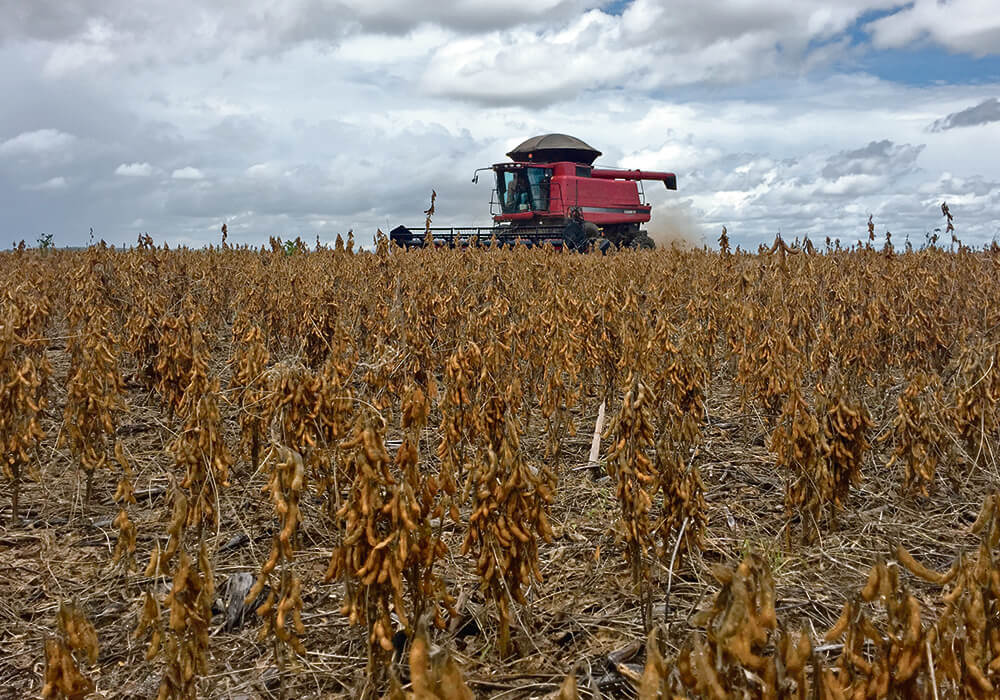
North American Grain/Oilseed Review: Canola up ahead of long weekend
WINNIPEG, Feb. 18 (MarketsFarm) – The ICE Futures canola market was stronger on Friday, with the largest gains in the old crop contracts as gains in Chicago Board of Trade soyoil provided some spillover support and traders adjusted positions ahead of the long weekend.
The canola market will be closed Monday for Manitoba’s Louis Riel Day, while markets in the United States will close for Presidents’ Day. Provincial holidays across most of Canada will also see many other markets and financial institutions closed.
Ongoing concerns over tight canola supplies and the need to ration demand remained supportive, although end-users are thought to be well covered for the time being.
About 14,629 canola contracts traded on Friday, which compares with Thursday when 15,438 contracts changed hands. Spreading accounted for 8,120 of the contracts traded.
SOYBEAN futures at the Chicago Board of Trade were stronger on Friday, as solid export demand provided support and traders adjusted positions ahead of the Presidents’ Day long weekend.
Read More…
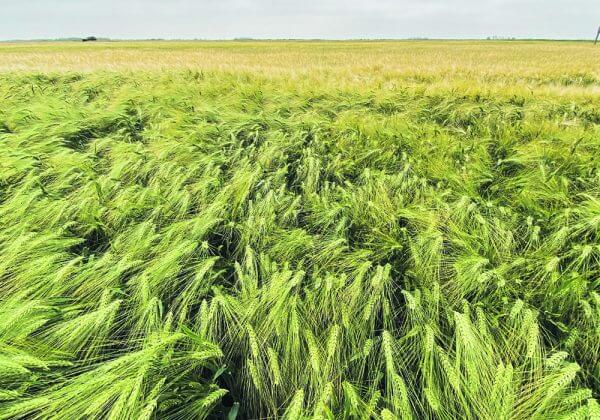
Barley producers increase research spending in Sask.
In efforts to attract more attention to barley, a producer-led commission is using its reserves to boost research spending to $2.63 million.
Promoting the development of things such as improved varieties of barley is vital to making the crop more profitable for western Canadian farmers, said former vice-chair Jason Skotheim of the Saskatchewan Barley Development Commission (SaskBarley).
“It’s a long-term investment that just compounds year after year … so it becomes incredibly important for producers.”
During a recent annual general meeting, he told participants a report commissioned by SaskBarley showed every dollar invested in variety development resulted in a return of $26.
“And so, if this plays out, it’s bringing in (roughly) $50 million into barley just in the last year alone in future value,” he said. “This is by far the biggest bang for the buck that we can do.”
Read More
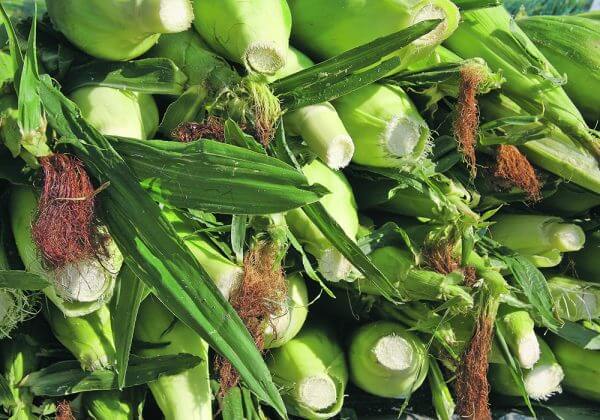
Corn develops density tolerance over time
Sweet corn thrives in its own crowded company and, when planted at high densities, its yield potentially increases.
Recent research from the University of Illinois looked at the historical tolerance of corn density since the 1930s and results showed it has steadily contributed to genetic yield gain in field corn.
The study focused on crowding tolerance in hybrids from 1934 to 2014. Researchers found that marketable ear mass increased by 2.58 tonnes per acre over the 80-year time period, or 0.32 tonnes per acre per decade when grown at high densities.
“Over time, steady improvement in plant density tolerance has contributed greatly to genetic yield gain in field corn,” said Daljeet Dhaliwal, a doctoral student in the Department of Crop Sciences at the University of Illinois.
While recent research indicated plant density tolerance in modern sweet corn hybrids could be exploited for yield gain, historical changes in density tolerance were unknown.
Read more…
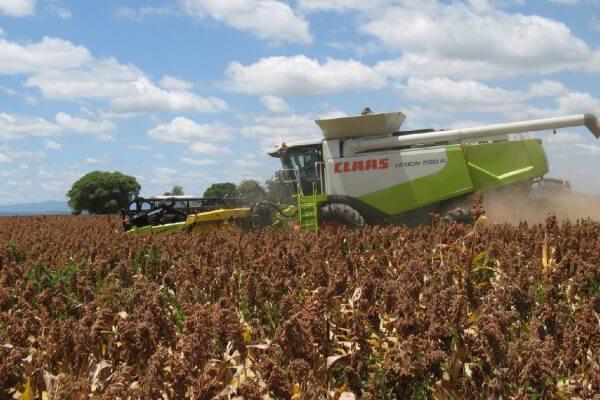
Volatility increases in the grains
The volatility is starting to increase in the grain complex. Not that there wasn’t volatility before, but the moves are starting to become a little more erratic and the size of the moves are increasing. This is a sign that the market is getting closer to changing its trend. That was a real concern toward the end of the second week of February.
On Wednesday Feb. 9, the U.S. Department of Agriculture released its February Crop Production/Supply and Demand report. For the most part, the report was uneventful to the grains, but there were a few nuggets found in the numbers.
On the U.S. wheat estimates, USDA made no adjustments to the 2020 numbers, which was as expected. For 2021, USDA left production unchanged but did lower demand 20 million bushels. The decrease in demand was due to a 3 million bushel cut in food demand, 2 million bushel cut in seed demand and a 15 million bushel cut in exports. That put U.S. wheat ending stocks at 648 million bushels, up 20 million bushels from the previous month and 16 million bushels above expectations.
Read more here…
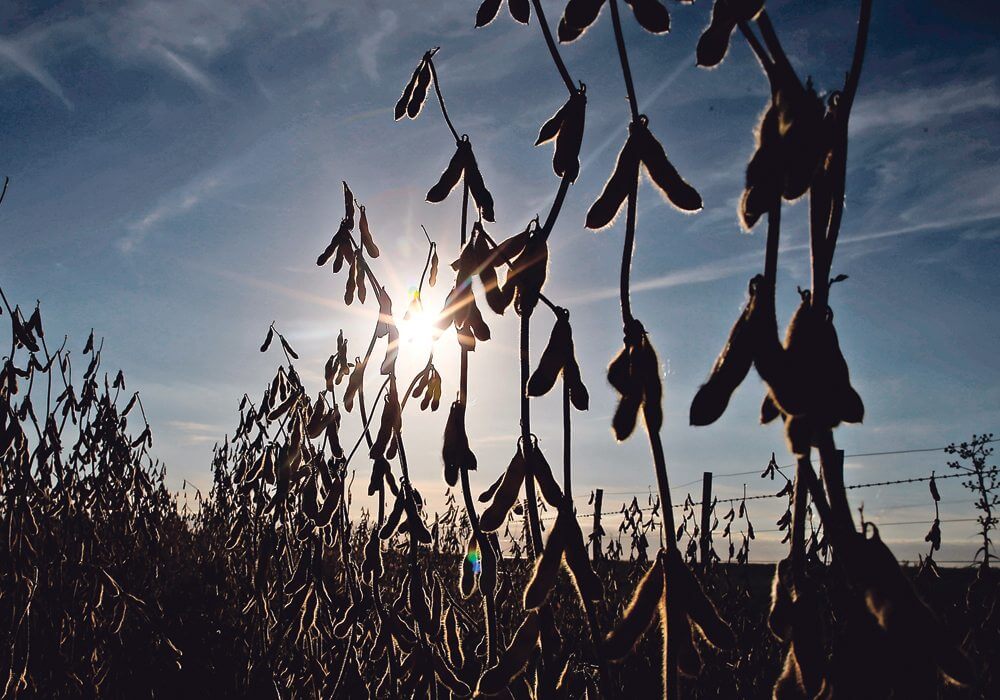
Soybean School: How climate could impact Canadian production in 2030 and beyond
How might a changing climate affect soybean production across Canada?
On this episode of RealAgriculture’s Soybean School, Agriculture and Agri-Food Canada scientist Ward Smith shares how he and his colleagues have been studying agroecosystem models to predict the impact changing climates have on soybean production.
During the virtual Northern Soybean Summit hosted by last month by Soy Canada, Smith indicated that many Canadian growers can expect to see manageable heat, sufficient moisture and a longer growing season heading into 2030 and beyond.
Citing ongoing work with colleagues Budong Qian, Yong Min Kim, Qi Jing, Brian Grant, Guillaume Jego, Scott Duguid, Ken Hester and Alison Nelson, Smith notes that a warming climate should allow soybean production to expand in Western Canada in the black and some of the dark grey Chernozem soils.
Read More ...
New Zealand
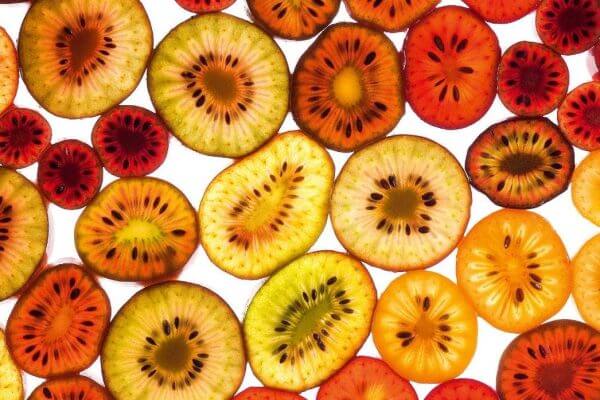
New RubyRed kiwifruit variety due on shelves soon
The annual kiwifruit harvest is under way and first cab off the rank is the new “RubyRed” variety.
The red-fleshed kiwifruit are being sold commercially here and overseas for the first time. They are said to have a sweet, berry taste.
Zespri’s chief grower, industry and sustainability officer, Carol Ward says for the first year commercial volumes of Zespri RubyRed kiwifruit are going on the market and are “keenly anticipated” by consumers here and in Singapore, Japan and China.
Despite a shortage of seasonal workers because thousands of people couldn’t come to New Zealand during the Covid-19 pandemic, the harvest is on, and the industry is optimistic.
The harvest could be the biggest on record, industry grower group New Zealand Kiwifruit Growers (NZKGI) says.
Read More here…
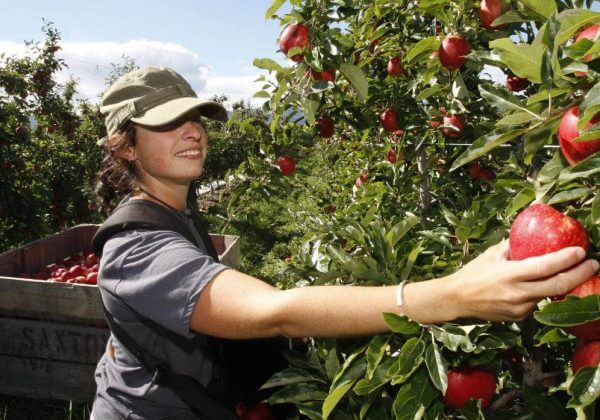
Labour shortage bites for Nelson apple harvest
Apple growers in the Nelson region are approaching crunch time as they start harvesting crops while struggling with a major labour shortage.
Motueka Fruit Growers Association president Richard Clarkson said harvesting of some apple crops, such as Royal Gala, had already begun at some blocks in the region within the past week. This was about five days ahead of normal, he said.
While prolonged rain this month had caused splitting on some Royal Gala it was not a big percentage of the region’s crop, and overall the rain had helped increase the size of the fruit, contributing to good quality apples this season, Clarkson said.
However, a major labour shortage in the region which was impacting employers in all sectors, was going to make this year’s harvest difficult, he said, and growers would find it harder to get the fruit off the trees and get it packed.
Read More here…

Dairy prices jump 4.2% at auction to hit their highest level in almost 9 years
Dairy prices jumped 4.2 per cent overnight to hit their highest level in almost nine years, cementing expectations for record milk prices for farmers this season and bolstering the outlook for next season.
The Global Dairy Trade price index reached 1516, just shy of the all-time record of 1573 set in April 2013. Prices rose more than 4 per cent for the third consecutive fortnightly auction.
The average price for whole milk powder, which has the most impact on what farmers are paid, rose 4.2 per cent to US$4503 (NZ$6649) a tonne, the highest level since 2013. Whole milk powder has gained 16.5 per cent over the last three auctions and is sitting 25 per cent higher than at the same time last year.
Dairy prices have been rising as tight milk supply in New Zealand and overseas underpins demand. Fonterra, the world’s largest dairy exporter, has forecast a record farmgate milk payment to farmers for this season which runs to the end of May, and economists say the latest auction also bodes well for prices next season.
Read More here
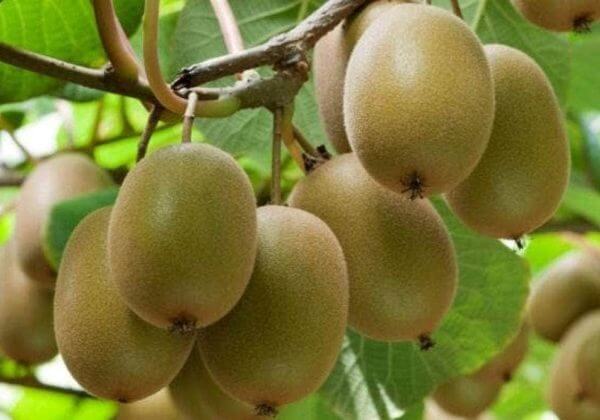
Jobs and kiwifruit ripe for the picking as industry calls out for workers
The top of the south’s upcoming kiwifruit harvest looks set to be a bumper one, with expectations it will exceed the $71 million generated last year.
New Zealand Kiwifruit Growers Inc chief executive Colin Bond said this year’s harvest in the Nelson region looked positive, with good volumes and good quality fruit.
Nationally, the kiwifruit harvest kicked off last week with a new red variety, RubyRed, being picked in the Bay of Plenty. However, to Bond’s knowledge, RubyRed was not being grown in the Nelson region, where gold and green kiwifruit would start being harvested from March, he said.
There are about 125 kiwifruit growers in the Nelson region.
Last year the upper South Island’s kiwifruit industry generated $71 million, and Bond said it would potentially be higher this year as there would be more crop available.
Australia
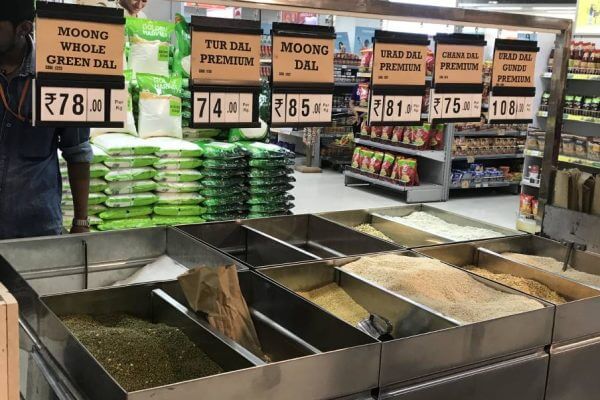
Australia in driver’s seat for new pulse opportunities
THE AUSTRALIAN pulse industry is set to enjoy a number of new opportunities in coming years as consumers across the world become increasing aware of their benefits and versatility and new technologies allow legumes to be utilised in new forms.
This is the opinion of Food and Agribusiness Growth Centre managing director Mirjana Prica, who said the Australian industry was primed to move from a bulk-focused outlook to concentrating further on premium markets.
“If the bulk market represents a supermarket I see Australia being more of a delicatessen,” Dr Prica said.
“Even if only 10pc of our pulse production can be diverted to high value markets that is a huge opportunity for the industry.”
Read more here …

What are the predictions for the 2022 season?
WITH the curtain officially drawn on the 2021 season, attention has turned to the 2022 growing season and the cost of putting a crop in has gone up substantially.
That’s primarily due to high fertiliser and herbicide prices due to supply constraints and will result in less area sown and subtle swaps in crop types.
According to the Grain Industry Association of Western Australia (GIWA) crop report author Michael Lamond, there will be more fallow in the low rainfall regions unless there was another exceptional start and more canola will be planted in the medium and high rainfall zones.
“The total area sown to crop in the low rainfall zones will be strongly driven by the amount and timing of rainfall in April and May,” Mr Lamond said.
“Barley will be swapped out for wheat in the higher rainfall zones due to the current lack of upside potential to price compared to wheat.
“There will be more crop and pasture legumes sown to provide nitrogen for crops sown in 2023.”
Read more here…
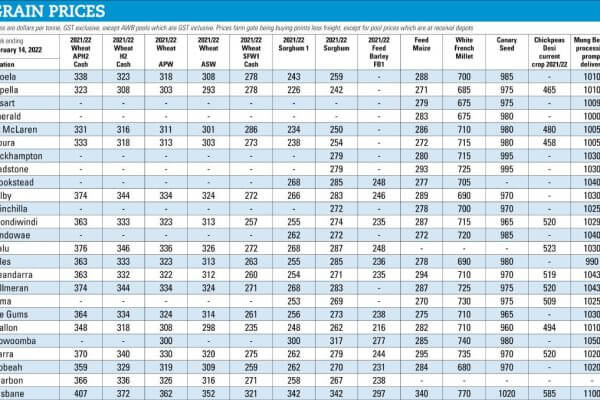
Australian sorghum crop of more than 2.5 million tonnes set to be the largest in 14 years
Expectations that Australia’s 2022 sorghum harvest will end up north of 2.5 million tonnes is likely to cap prices in the coming months.
Sorghum prices are holding in the mid $290s delivered into the Darling Downs, as improved harvesting weather allows more of the crops to be cut.
Brisbane port values have been steady around $310 a tonne.
Domestic feed grain buyers are showing little interest in utilising sorghum at current prices, which are only at a modest discount to stockfeed wheat into the southern Queensland feedlots, pig, and poultry markets.
Most feed grain users are intent on maximising the volume of stockfeed wheat in rations where supplies are abundant following the wet winter crop harvest in NSW.
Read more here

Low emissions from Australian grain industry
THE Australian grains industry exhibits low greenhouse gas emissions for each tonne of grain produced compared to our competing regions and countries, including the European Union, the United States, Canada, Russia and Ukraine.
That’s according to a new report, which CSIRO was commissioned to prepare, released last week by the Grains Research and Development Corporation (GRDC).
The report, Australian Grains Baseline and Mitigation Assessment, found that Australian graingrowers are producing low emissions intensity, high quality cereals, pulses and oilseeds.
GRDC chairman John Woods said the report was designed to establish a detailed and robust greenhouse gas (GHG) emissions baseline for the Australian grains sector and explore mitigation opportunities that maintain or increase profitability.
Read more here…

Record harvest may be even bigger than first thought
THE RECORD breaking 2021-22 Australian winter crop may be even larger than previously thought according to one leading private grains analyst.
IKON Commodities released its updated 2021-22 production estimates and came out with figures substantially higher than those issued by the official forecaster the Australian Bureau of Agricultural and Resource Economics and Sciences (ABARES).
ABARES’ most recent update was in November, when it predicted a national record 58.4 million tonnes, including 34.4m tonnes of wheat.
IKON’s estimate of 39.04 million tonnes of production sits a healthy 13 per cent above the ABARES figure.
Chief executive at IKON Ole Houe said there was a key area where IKON and ABARES estimates differed.
Read more here…
South America
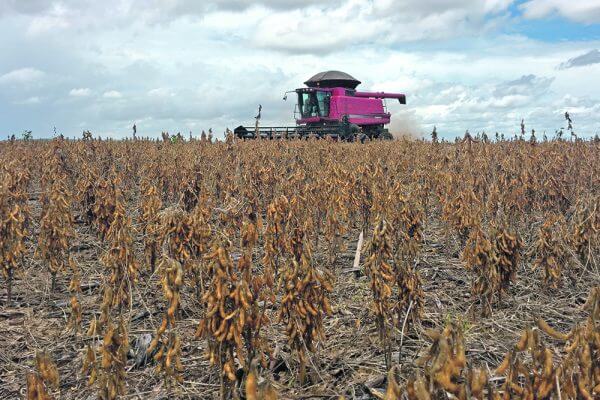
South American soybean crop estimates lowered again
The U.S. Department of Agriculture’s “massive” reduction in its South American soybean crop production estimate wasn’t drastic enough, according to analysts.
And that bodes well for soybean and other oilseed prices.
The USDA slashed its forecast for the region to 185 million tonnes in its February World Agricultural Supply and Demand Estimates (WASDE) report, down from 194 million tonnes in January and 204 million tonnes in December.
“If realized, this massive decrease in the South American soybean crop is likely to significantly constrict global trade,” stated the USDA.
Ben Buckner, grains analyst with AgResource Company, said it will be realized and more.
His team in Sao Paulo came up with a Brazilian production estimate of 125 million tonnes in mid-January, well below the USDA’s February number of 134 million tonnes.
Read More here…
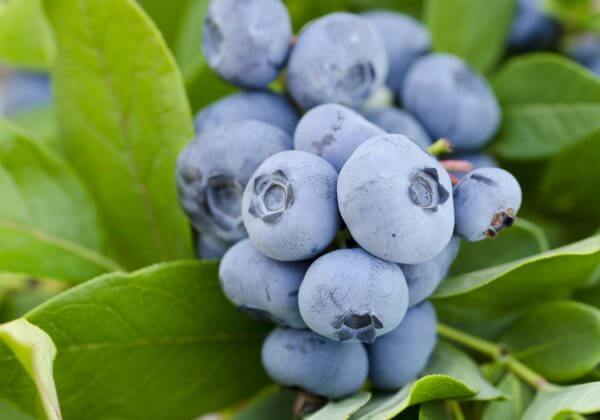
Chilean Blueberries Hitting Peak in China With Record Volumes
The Chilean blueberry selling season in China has already entered its peak period starting from mid-January. With strong export volumes coming out of Chile during January, the 2021/22 season in China is forecast to continue heating up throughout February. According to the Chilean Blueberry Committee of the Chilean Fruit Exporters Association (ASOEX), January 2022 saw a higher weekly average of blueberry exports than all previous seasons.
The peak of Chilean blueberry availability in China coincides with several holidays, including Lunar New Year and Valentine’s Day, and both the wholesale and retail markets for fresh fruit are moving product briskly at this time of year. It is the off-season for China’s domestic blueberry production and Peruvian imports are already tailing off. This means that Chilean blueberries are moving to the forefront of consumers’ tables.
As with several other Chilean fruit products, the Chilean Blueberry Committee undertakes active promotion of blueberries to stimulate consumption in the China market. As part of this campaign, representatives of the committee have recently been traveling around the country to see the season’s progress, as well as holding events, such as seminars at wholesale markets in Qingdao and elsewhere.
Read More
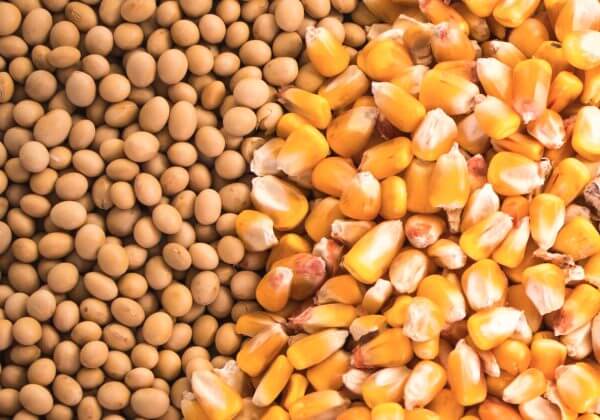
SOYBEANS, CORN UP AHEAD OF HOLIDAY WEEKEND
Soybeans were higher on commercial and technical buying, closing out a higher week with nearby contracts back above $16. Rain was in the forecast for Argentina and southern Brazil in the coming week, but coverage was uncertain. Production in Paraguay is expected to be well below year ago levels. The USDA’s next look at supply and demand numbers is in the upcoming Ag Outlook Forum, while CONAB’s updated outlook for Brazil is out March 10th. The Buenos Aires Grain Exchange held its soybean production estimate for Argentina unchanged at 42 million tons, compared to 43.1 million a year ago. Unknown destinations bought 198,000 tons of mostly new crop U.S. beans Friday morning, with 66,000 tons for 2021/22 and 132,000 tons for 2021/22. That was the third business day in a row with an announced sale for a total of 450,000 tons, 186,000 of that old crop and 264,000 of that new crop. Those sales to unknown might end up being delivered to China. At least to some degree, the lower production estimates for South America have influenced this recent uptick in purchases. Soybean meal was lower and bean oil was higher on the adjustment of product spreads. India has reportedly contracted to buy 100,000 tons of U.S. soybean oil due to record palm oil prices and uncertainties about production in South America.
Read more here
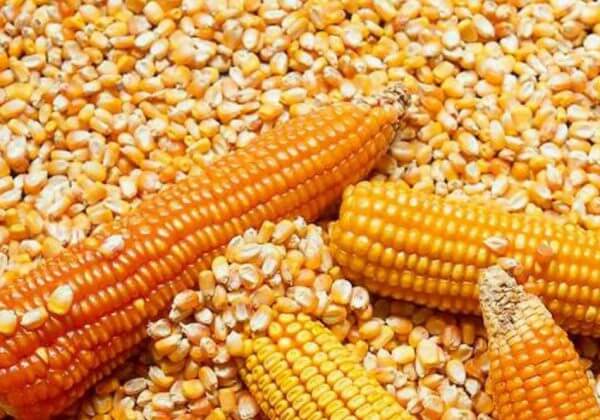
BRAZIL CORN WATCH: Prices stable amid strong progress in planting
Corn prices have stabilized over the week ended Feb. 11 in Brazil as rapid progress in the sowing of second-corn crop and high prices kept buyers on the sidelines, the local government agency and consultancies said in their reports.
Corn prices are likely to be stable in the coming days as there is an expectation that the second-corn crop will be planted within the ideal window, raising hopes of higher production this season, national agricultural agency Conab said.
Second-corn planting in the key states of Brazil, which account for 92% of the forecast area for marketing year 2021-22, continued the strong pace seen over the last few days, reaching 35.1% as of Feb.12 and well ahead of 10.2% recorded around the same period in the previous year, Conab said.
Brazil’s 2021-22 corn crop will be marketed during February 2022-January 2023.
Read more here…
Food Updates
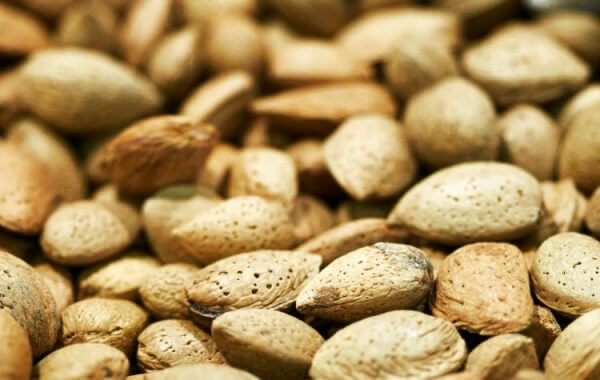
Why are consumers and manufacturers choosing almonds?
There is no let-up in the progress of plant-based as a sector, nor in the snack market either. A crucial group of ingredients underpinning the current growth in both is nuts, and more specifically the humble almond which is predicted to experience healthy growth over the next couple of years or so.
Some are anticipating the almond market to reach a global value of more than $12 billion by 2025. One of the main drivers behind this boom is the adoption of almonds by a variety of food manufacturers as a key ingredient, whether that’s in snacks or as a milk alternative.
…But why almonds?
Read more here…
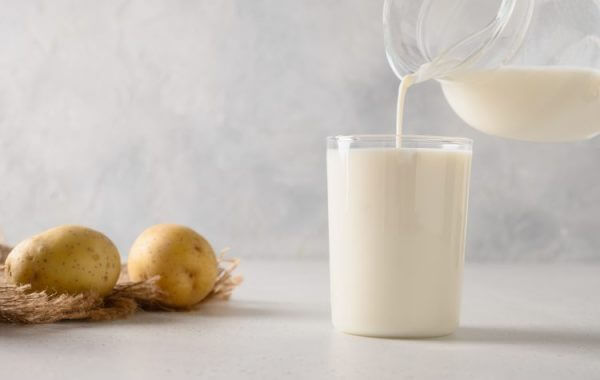
New launches in the food and beverage industry
Potato milk is now on shelves at Waitrose and is tipped to become a best-seller. This alternative to dairy milk comes as UK consumers seek more vegan options for their diet. “There’s a growing consumer demand for vegan, eco-friendly products and potato milk ticks both of those boxes. Touted to be the most suitable alternative to cow’s milk on the market, potato milk is free-from lactose, soy, gluten and nuts”, said Tina Manahai, Co-owner and Managing Director at Healthy Supplies, one of the UK’s biggest independent online health food specialist retailers.
She continued: “Potatoes can be cultivated almost anywhere in the world, and with a low carbon footprint, the milk requires just half as much land as oat ‘milk’ and 56 times less than almond ‘milk’ for production. Most potato ‘milks’ also have added nutrients like vitamin B and C as well as pea protein, which not many people know about.”
Also in the UK, Papa John’s announced that it has become the first global quick service restaurant brand to put superfood hemp seeds on the menu, with the launch of its new limited-edition Hemp Sticks.
Read more here…
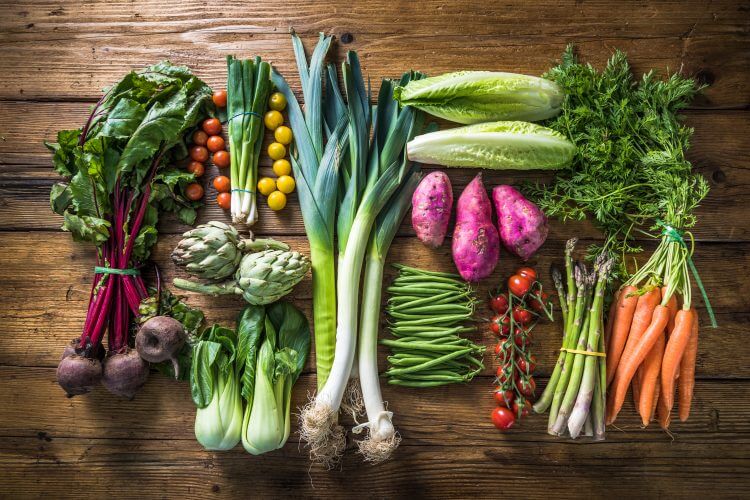
Vegetables do not protect against cardiovascular disease, study suggests
A large-scale study published in Frontiers in Nutrition found that – despite popular belief – consuming vegetables does not always lower the risk of cardiovascular disease.
Is there a link between vegetable consumption and the risk of cardiovascular disease (CVD)? Researchers from the Nuffield Department of Population Health at the University of Oxford, the Chinese University of Hong Kong, and the University of Bristol conducted a study to find out.
The researchers used the UK Biobank for their study; this follows the health of half a million adults in the UK by linking to their healthcare records. Upon their enrolment in 2006-2010, these volunteers were interviewed about their diet, lifestyle, medical and reproductive history, among other factors.
The researchers used the responses of almost 400,000 participants to question their current daily average consumption of uncooked versus cooked vegetables.
Read more here…

Study reveals the five biggest challenges faced by fast food restaurants
A new study by NSF International discovers the challenges that are impacting food safety standards, as one in 10 franchise managers and employees believe food safety has been at risk on their site recently.
Global public health and safety organisation, National Sanitation Foundation International, better known as NSF International, has commissioned an independent study into the state of quick service restaurant (QSR) operations in the UK. The survey revealed the top five key areas of concern:
- Covid-19 regulatory requirements
- The rise of home delivery
- Equipment malfunctions
- Training and staff turnover
“We know that many of the trends and corresponding challenges brought about by the pandemic are here to stay, so restaurant owners and managers need to adapt in order to survive – and to do so safely,” said John Rowley, VP, Global Food Division for NSF.
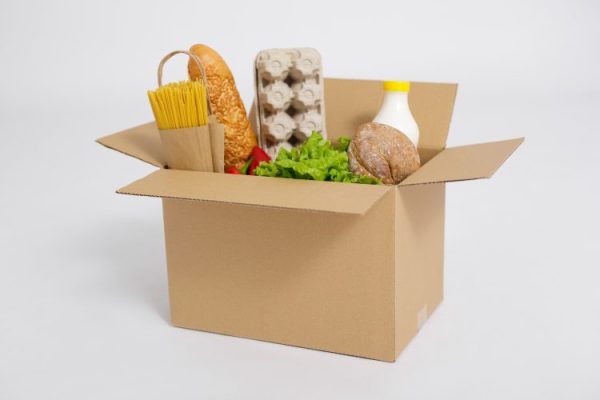
Would you eat your cereal box to save the planet?
Brand insights agency Nepa asked more than 5,600 consumers what they wished they would find on supermarket shelves in 10 years’ time, revealing new opportunities for brands that want to be a step ahead.
It won’t come as a surprise to many that sustainability is a growing concern, and although some seem averse to giving up meat, Nepa’s study has revealed that many would be willing to eat the packaging their food comes in. Whether it’s made from rice flour, wheat or sorghum, it appears as if people are ready to eat their cereal boxes for a more sustainable future. It’s a thumbs up from all markets too, with over 70 percent of respondents in India and China, 55 percent in Brazil, and 44 percent in the UK saying yes to edible packaging.
ing India, China and Brazil.
Read more here…


